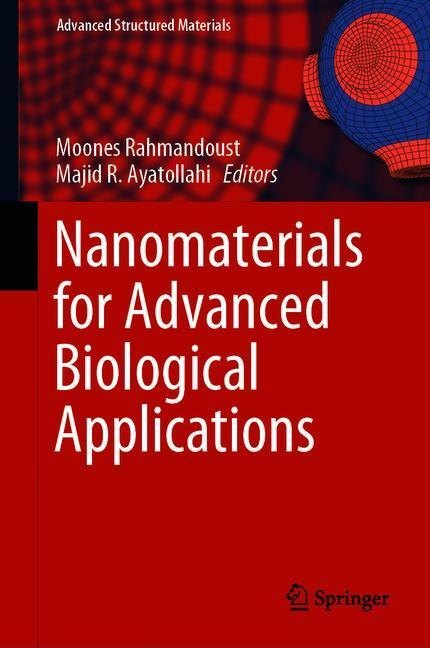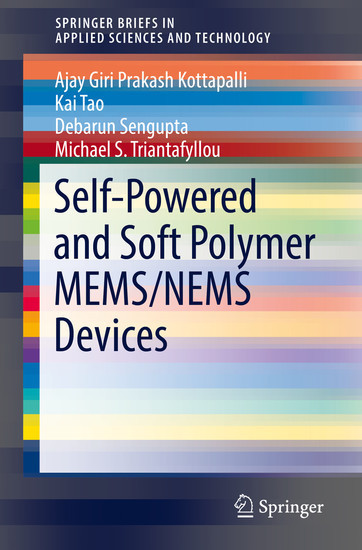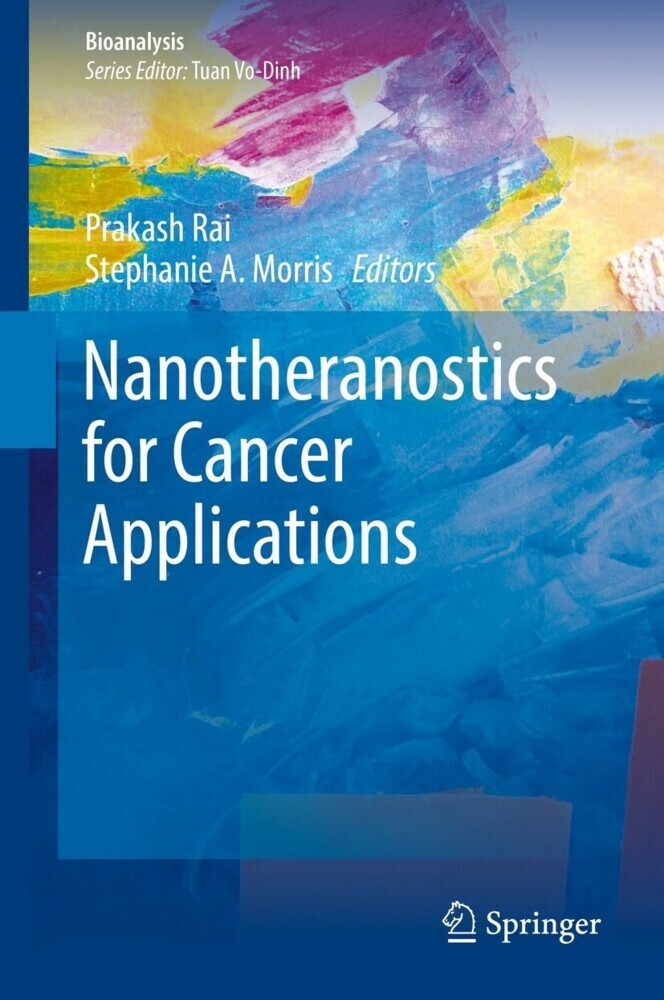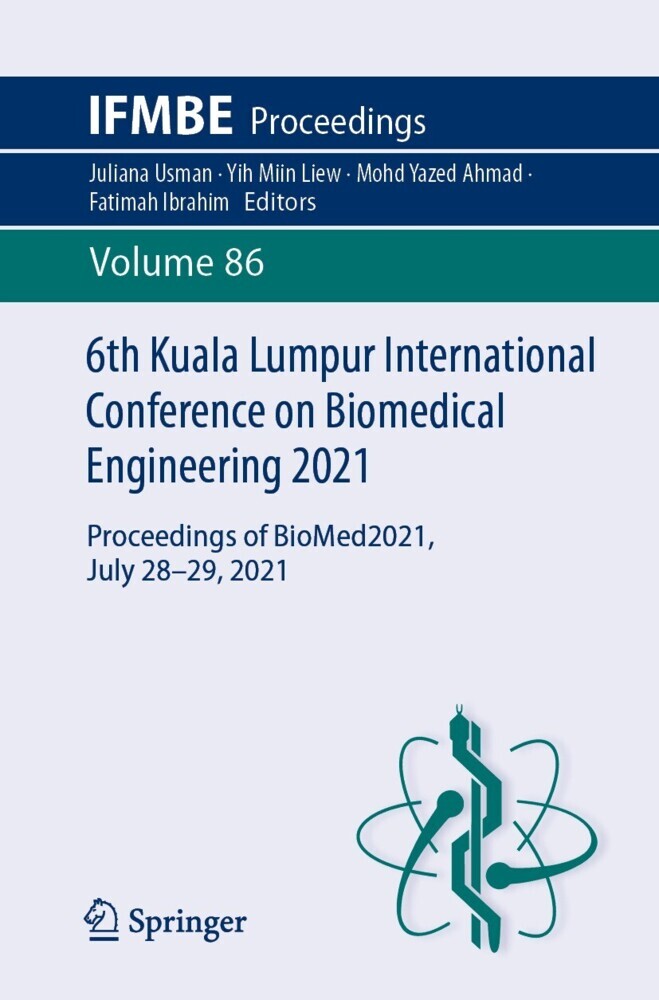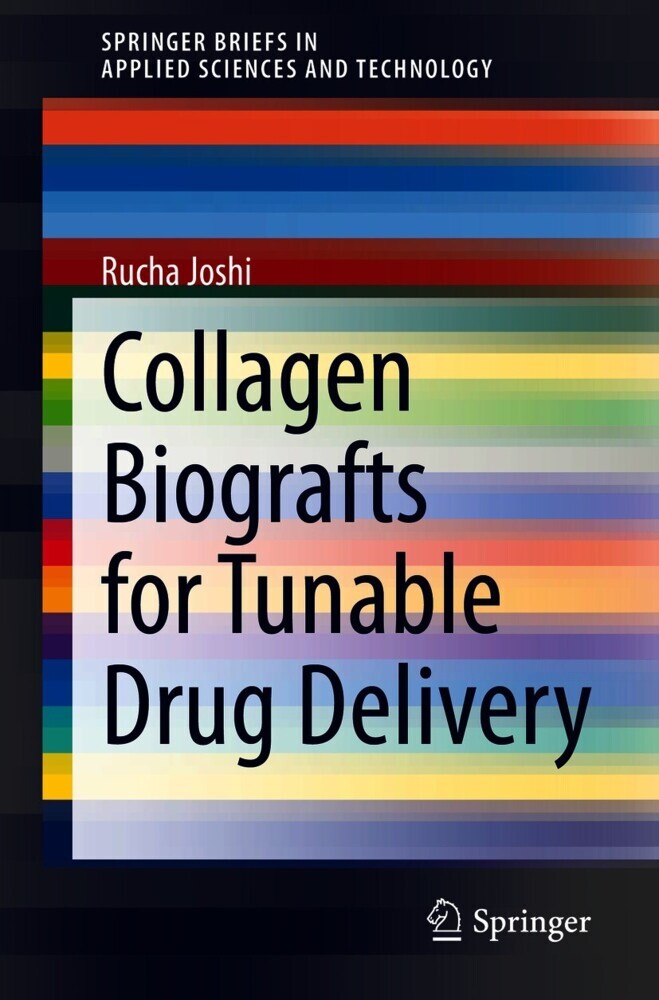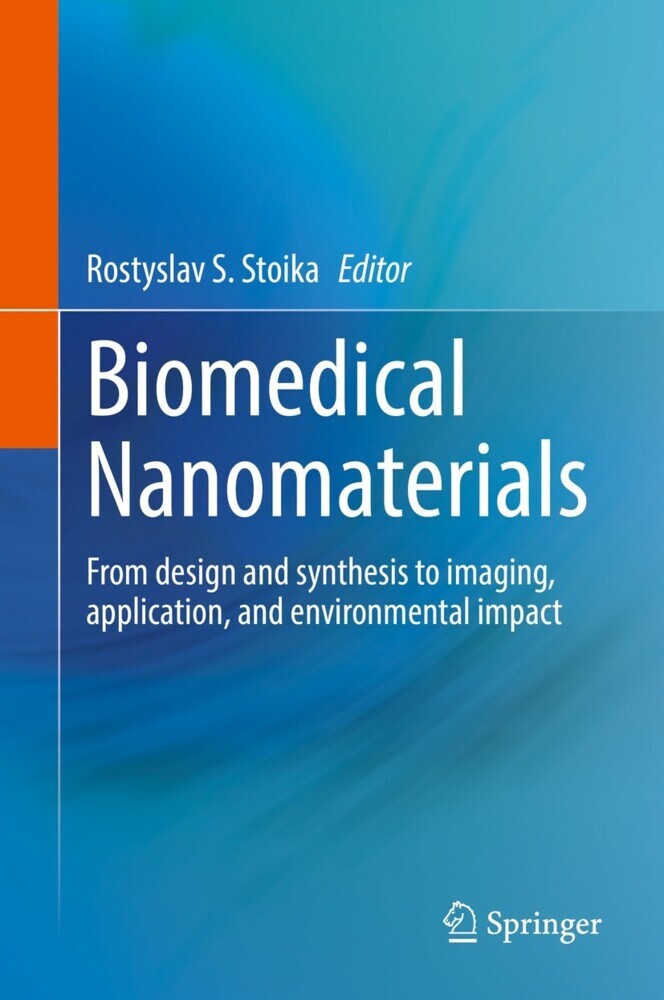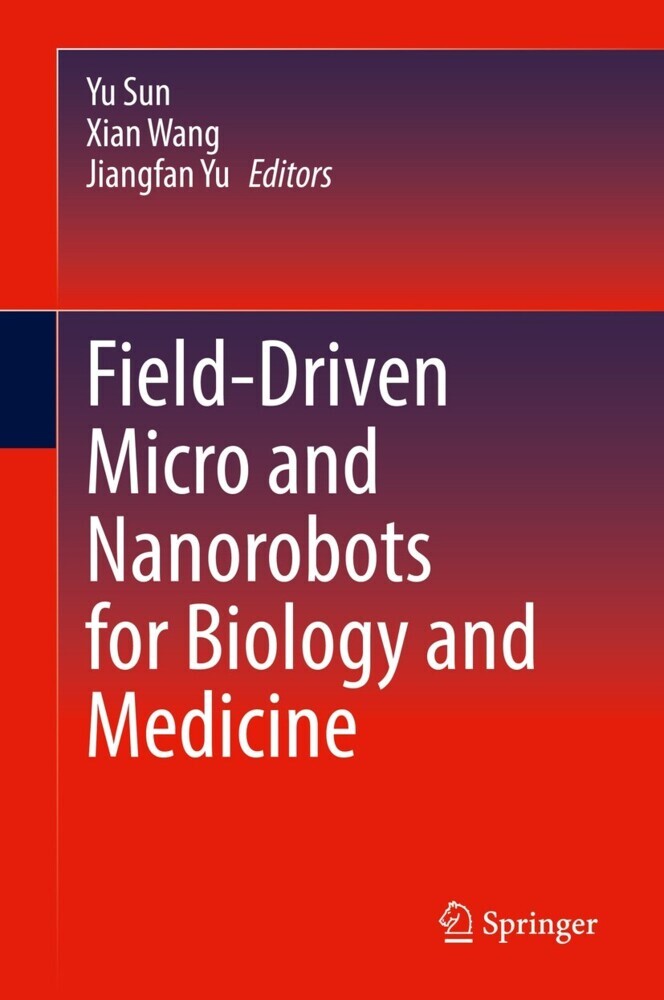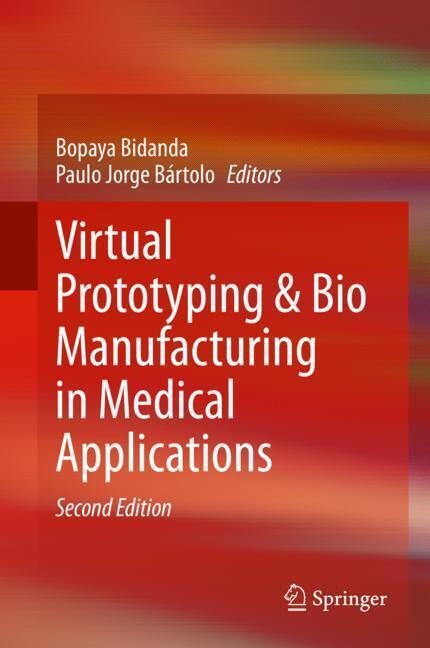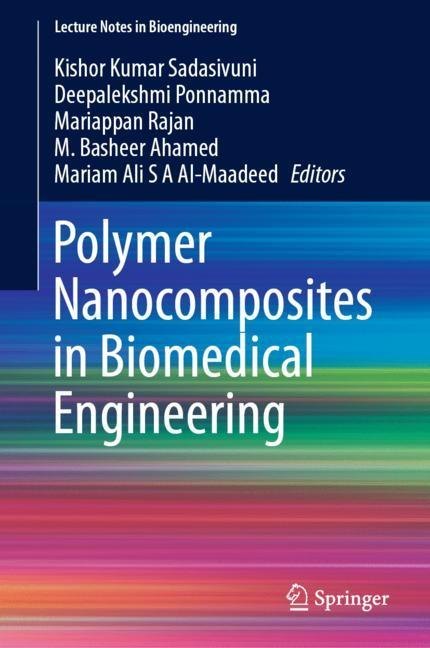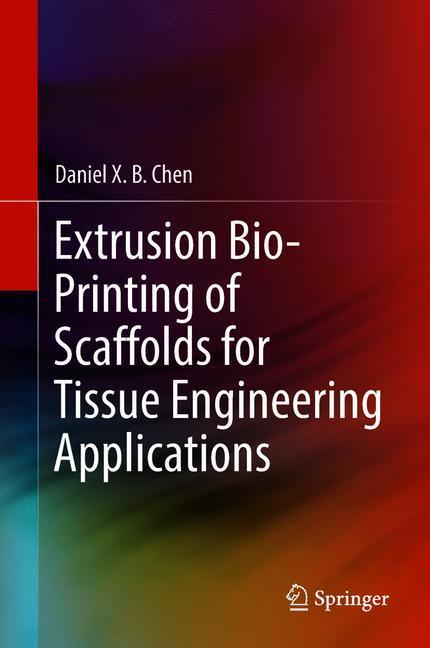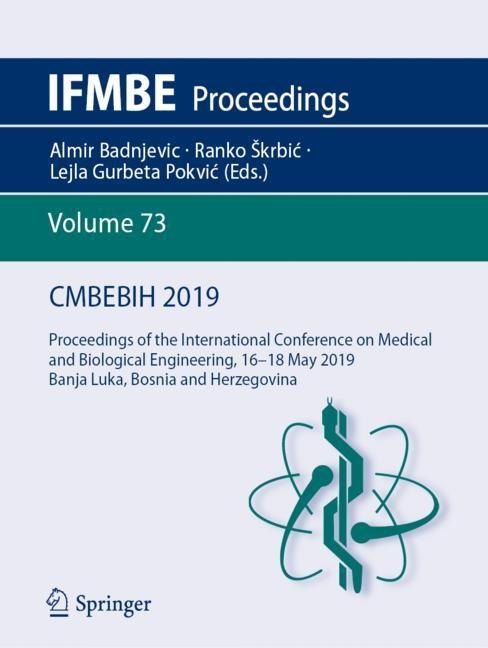Nanomaterials for Advanced Biological Applications
This book presents an overview of the ways in which the latest experimental and theoretical nanotechnologies are serving the fields of biotechnology, medicine, and biomaterials. They not only enhance the efficiency of common therapeutics and lower their risks, but thanks to their specific properties, they also provide new capabilities. Nano-scale measurement techniques, such as nano-indentation and nano-scratch methods, could potentially be used to characterize the physical and mechanical properties of both natural tissues and synthetic biomaterials in terms of strength and durability.
1;Preface;6 2;Contents;10 3;Contributors;11 4;Nanoparticles and Biological Environment Interactions;13 4.1;1 Introduction;13 4.2;2 Formation and Composition;14 4.3;3 Evaluating Protein Corona;17 4.3.1;3.1 Experimental Approach;17 4.3.2;3.2 Computational Approach;18 4.4;4 Factors Affecting Protein Corona;19 4.5;5 Impacts of Protein Corona on Nanoparticle Behaviour;20 4.6;6 Opportunities and Challenges;23 4.7;7 Personalized Protein Corona;26 4.8;8 Conclusion;26 4.9;References;27 5;Nanotopographical Control of Cell Assembly into Supracellular Structures;30 5.1;1 Cell Adhesion Molecules (CAMs) Control the Organization of Cells Within the ECM;30 5.2;2 Nanotechnology, Scaffolds and Artificial Analogues of the ECM;31 5.3;3 Generation of Nano-patterned Surfaces;32 5.3.1;3.1 Generating Rough Surfaces Using Wet Etching Procedures;32 5.3.2;3.2 Generating Nanoporous Surfaces Using Electrochemical Wet Etching;34 5.3.3;3.3 Silver and Gold Nanoparticle Clusters Obtained by Electroless Deposition;35 5.3.4;3.4 Lithography Techniques for the Definition of Periodic Nanostructures;37 5.3.5;3.5 Reactive Ion Etching Techniques for the Fabrication of Super-Hydrophobic, 2 + 1 Dimensional Surfaces;38 5.4;4 Characterization of Nano-Patterned Surfaces;39 5.4.1;4.1 Fractal Dimension of a Surface;39 5.4.2;4.2 Diffusion Limited Aggregation (DLA) of Atoms into Supramolecular Structures;41 5.4.3;4.3 Surface Wettability, Cassie Baxter and Recursive Cassie Baxter;42 5.5;5 Characterization of Cell Networks;44 5.5.1;5.1 Network Analysis and Cell Network Topology;44 5.6;6 Shannon Information Entropy in Cell Networks;46 5.7;7 Cell Adhesion and Proliferation on Nano-patterned Surfaces;48 5.7.1;7.1 Cell Adhesion on Nano-scale Rough Surfaces;48 5.7.2;7.2 Cell Adhesion on Porous Silicon Surfaces;50 5.7.3;7.3 Controlling Cell Adhesion and Proliferation on Fractal Surfaces;50 5.8;8 Measuring CAMs on Nano-patterned Surfaces;51 5.9;9 Cell Networking on Nano-patterned Surfaces;53 5.9.1;9.1 The Topology of Neuronal Networks on Nano-patterned Surfaces;53 5.9.2;9.2 Nano-scale Cues Influence Information Flow in Planar Neuronal Networks;55 5.9.3;9.3 3D Neuronal Networking;56 5.10;10 Possible Physical Reasons for Cell Clustering: Minimization of Energy Density;57 5.10.1;10.1 Free Energy Landscape of Small World Neuronal Networks;57 5.10.2;10.2 Out of Equilibrium Self-assembly;58 5.11;11 The Equivalence Principle in the Self-assembly of Cells;60 5.12;References;61 6;Polymeric Nanoparticulates as Efficient Anticancer Drugs Delivery Systems;65 6.1;1 Introduction;65 6.2;2 Polymeric Nanoparticulate Systems as Platforms for Drug and Gene Delivery;66 6.2.1;2.1 Natural-Based Polymers as Building Blocks of NPs;67 6.2.2;2.2 Synthetic-Based Polymers as Building Blocks of NPs;73 6.3;3 Active Targeting Utilizing Ligand Decorated NPs;76 6.3.1;3.1 Monoclonal Antibodies (mAbs);77 6.3.2;3.2 Folic Acid;79 6.3.3;3.3 Transferrin;80 6.3.4;3.4 Peptide;81 6.3.5;3.5 Saccharides;83 6.3.6;3.6 Aptamers;83 6.4;4 Polymeric Nanoparticles Marketed and Under Clinical Trials;84 6.5;5 Conclusion;85 6.6;References;85 7;Hydroxyapatite for Biomedicine and Drug Delivery;95 7.1;1 Introduction;95 7.2;2 Different Synthesis Methods;98 7.3;3 Applications;99 7.4;4 Tissue Engineering;103 7.5;5 Antibacterial Activity;107 7.6;6 Ions Substitutions;109 7.7;7 Dental Treatment;110 7.8;8 Implant;112 7.9;9 Drug Delivery;113 7.10;10 Conclusion;119 7.11;References;120 8;Nanoparticles for Biosensing;131 8.1;1 Introduction;131 8.2;2 Biosensor Structure;132 8.2.1;2.1 Biosensors Categorization Based on the Type of Analyte;133 8.2.2;2.2 Biosensors Categorization Based on Transformations;134 8.3;3 Biorecognition Elements;134 8.3.1;3.1 Receptors;134 8.3.2;3.2 Enzyme-Based Recognition;134 8.3.3;3.3 Antibody-Based Recognition;135 8.3.4;3.4 Aptamer-Based Recognition;135 8.3.5;3.5 Peptide Nucleic Acid (PNA)-Based Recognition;135 8.3.6;3.6 Molecular Imprint Based Recognition;136 8.3.7;3.7 Lectin-Based Recognition;136 8.4;4 Acoustic Based Biosen
Rahmandoust, Moones
Ayatollahi, Majid R.
| ISBN | 9783030108342 |
|---|---|
| Artikelnummer | 9783030108342 |
| Medientyp | E-Book - PDF |
| Copyrightjahr | 2019 |
| Verlag | Springer-Verlag |
| Umfang | 231 Seiten |
| Sprache | Englisch |
| Kopierschutz | Digitales Wasserzeichen |

